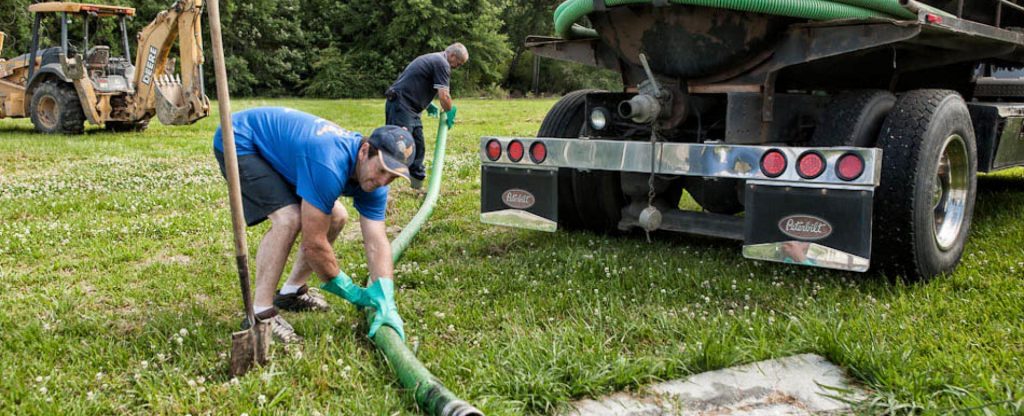
There are things in your life right now that needs your utmost attention, particularly something that works hard for your home every single day—the drain field. The drain field is one of the two major components of your septic system; the other one being your septic tank. The drain field is that wide area of your yard that is covered with grass that is sometimes a bit soggy and dark green. Ideally, the grass over it should be a bit dried up. It is where the final phase of wastewater treatment takes place. In the drain I field, the stars of the show are the aerobic bacteria and the bio-mat. The aerobic bacteria break down the traces of solid particulates much further so that the effluent could pass through the lateral lines without carrying any sludge to clog the system. The bio-mat purifies the effluent to eliminate disease-causing microorganisms and contaminants before it reaches the surrounding water and soil systems.
Deciding on what drain field maintenance additives to purchase and use for your drain field is a very important decision for homeowners like you. There are new products that pop up almost every week and consumers are tempted to try them all because of too much publicity. Many septic product manufacturers exaggerate in telling consumers that they won’t have to pump out their septic system anymore when they use their products. In the desire to save money and time, the consumers believe these exaggerations and totally stop the scheduled pump outs. They then depend solely on the drain field maintenance additives that they buy.
Pumping out your septic is the most important thing that you have to be consistent with when it comes to your drain field maintenance. This maintains the normal level of sludge in the septic tank. This way, the sludge does not get carried over to the drain field to clog it and the septic tank does not overflow as well. If the drain field remains free from blockages, the run of wastewater treatment is kept smooth. Talk to your septic expert about the pumping out schedule that you’re septic should have.
Because of the growing number of septic products in the market, each company researcher and independent scientist has their own method of testing and approving certain products. There is really a need for an established testing facility for all drain field maintenance products so that the consumers can really know what the best products are worth buying. Homeowners need to know if their drain field is being benefited rather than harmed when they use these products.
Drain field maintenance additives are either chemical or biological. Homeowners try to stay away from chemical additives because these only corrode the physical components of the entire septic and destroy the resident bacteria. The biological drain field maintenance additives are the ones that are very ideal to use in the system. In a couple of weeks, the sludge that accumulated is completely eaten away and the odors are eliminated. These are accomplished without leaving any traces of chemicals that pollute the environment.
When you make that decision to use drain field maintenance additives, be sure to use the biological ones. They are highly recommended in many states and it is a very good decision for a responsible homeowner. To add non-pathogenic bacteria into your drain field is the smartest thing to do when it comes to caring for your drain field and septic system in general. We hope this article helped you the reader better understand drain field maintenance additives and the effects on septic systems.
